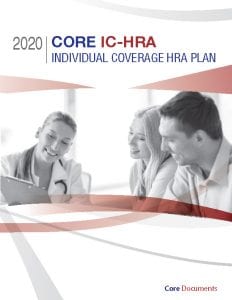Navigating the complex geography of hand benefits frequently involves decoding colorful acronyms and documents. In this blog, we’ll unravel the significance of ERISA Wrap SPD( Summary Plan Description) and explore how the Wrap SPD Plan Document streamlines benefits communication, fostering translucency and compliance.
Understanding ERISA Wrap SPD
ERISA, the Employee Retirement Income Security Act, authorizes employers to give workers detailed information about their benefits through a Summary Plan Description( SPD). Still, when an association offers multiple benefits from different insurance providers, a challenge arises – how to present this information cohesively. This is where the ERISA Wrap SPD comes into play.

The ERISA Wrap SPD acts as a unifying document that consolidates information from colorful benefit plans into a single, comprehensive document. It serves as a ground between the individual plan documents and the conditions outlined by ERISA, icing that workers admit clear, harmonious, and fluently accessible information about their benefits.
Benefits of theWrap SPD Plan Document
1. Clarity and Compliance The ERISA Wrap SPD Plan Document ensures that the information presented to workers complies with ERISA conditions. This not only promotes translucency but also safeguards the employer against implicit compliance issues.
2. Thickness Across Plans When an association offers different benefits, each plan may come with its own set of terms and conditions. The Wrap SPD Plan Document harmonizes these details, presenting a unified picture that helps workers comprehend the wholeness of their benefits package.
3. Accessible Information workers have the right to understand their benefits completely. The Wrap SPD Plan Document simplifies complex slang and provides workers with a stoner-friendly resource, fostering a terrain of trust and appreciation.

4. Effectiveness in Communication Rather than bombarding workers with separate documents for each benefit plan, the Wrap SPD consolidates this information into a single, easy- to- read document. This streamlines communication, making it more effective for both employers and workers.
Conclusion In the intricate world of hand benefits, the ERISA Wrap SPD Plan Document emerges as a pivotal tool for effective communication and compliance. By consolidating information, icing clarity, and promoting availability, employers can navigate the nonsupervisory geography with confidence. The Wrap SPD not only fulfills legal conditions but also empowers workers with a comprehensive understanding of their benefits, fostering a plant culture predicated in translucency and trust. To know more about the ERISA Wrap SPD and its document pleasevisit https://www.coredocuments.com/.










